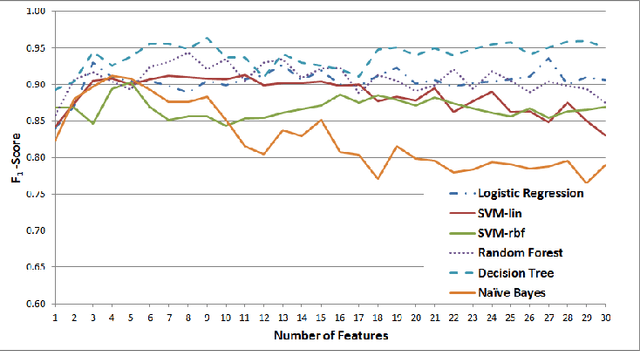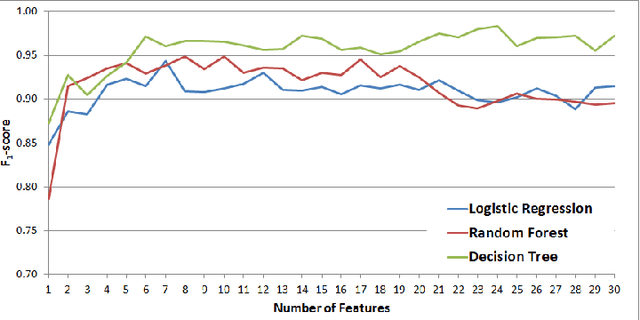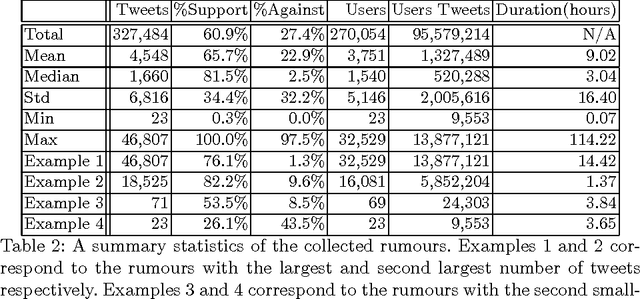Colin Singleton
MONCAE: Multi-Objective Neuroevolution of Convolutional Autoencoders
Jun 07, 2021



Abstract:In this paper, we present a novel neuroevolutionary method to identify the architecture and hyperparameters of convolutional autoencoders. Remarkably, we used a hypervolume indicator in the context of neural architecture search for autoencoders, for the first time to our current knowledge. Results show that images were compressed by a factor of more than 10, while still retaining enough information to achieve image classification for the majority of the tasks. Thus, this new approach can be used to speed up the AutoML pipeline for image compression.
Determining the Veracity of Rumours on Twitter
Nov 19, 2016



Abstract:While social networks can provide an ideal platform for up-to-date information from individuals across the world, it has also proved to be a place where rumours fester and accidental or deliberate misinformation often emerges. In this article, we aim to support the task of making sense from social media data, and specifically, seek to build an autonomous message-classifier that filters relevant and trustworthy information from Twitter. For our work, we collected about 100 million public tweets, including users' past tweets, from which we identified 72 rumours (41 true, 31 false). We considered over 80 trustworthiness measures including the authors' profile and past behaviour, the social network connections (graphs), and the content of tweets themselves. We ran modern machine-learning classifiers over those measures to produce trustworthiness scores at various time windows from the outbreak of the rumour. Such time-windows were key as they allowed useful insight into the progression of the rumours. From our findings, we identified that our model was significantly more accurate than similar studies in the literature. We also identified critical attributes of the data that give rise to the trustworthiness scores assigned. Finally we developed a software demonstration that provides a visual user interface to allow the user to examine the analysis.
* 21 pages, 6 figures, 2 tables
In the mood: the dynamics of collective sentiments on Twitter
Apr 11, 2016



Abstract:We study the relationship between the sentiment levels of Twitter users and the evolving network structure that the users created by @-mentioning each other. We use a large dataset of tweets to which we apply three sentiment scoring algorithms, including the open source SentiStrength program. Specifically we make three contributions. Firstly we find that people who have potentially the largest communication reach (according to a dynamic centrality measure) use sentiment differently than the average user: for example they use positive sentiment more often and negative sentiment less often. Secondly we find that when we follow structurally stable Twitter communities over a period of months, their sentiment levels are also stable, and sudden changes in community sentiment from one day to the next can in most cases be traced to external events affecting the community. Thirdly, based on our findings, we create and calibrate a simple agent-based model that is capable of reproducing measures of emotive response comparable to those obtained from our empirical dataset.
 Add to Chrome
Add to Chrome Add to Firefox
Add to Firefox Add to Edge
Add to Edge